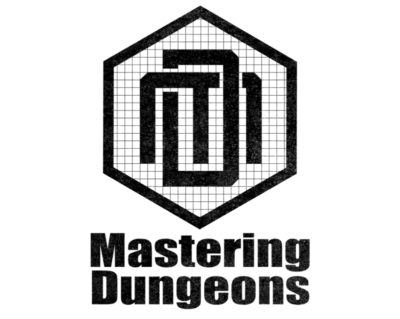Podcast: Play in new window | Download
Concluding the series on updating adventures from prior editions of D&D, Shawn and Teos go over some of the things they’ve learned over the last eight episodes and develop some conclusions on how GMs can better represent the stories they like to their players.
Breaking News Links
- Dragonlance Unearthed Arcana Survey now available
- Jeremy Crawford on Backgrounds with Feats, but also General Sage Advice
- Dragon+ Issue 41
- Brandon Sanderson crowdfunding ends at $41.7M
- Three-Dragon Ante Expansion
- AL Blog – Marcello Velazquez
- Ghostfire announces Arora – Age of Desolation
Get in Touch
- Follow Teos at @Alphastream on Twitter and check out his blog at alphastream.org.
- Follow Shawn at @shawnmerwin on Twitter.
- Follow the show at @MasteringDnD on Twitter.

Structured resolution existed in prior editions in the form of dungeoncrawling structures. Players knew that everything outside of combat took place in 10 minute chunks, that each of those chunks represented both risk and consumption of resources, and that the more time they took, the more probable that they’d get ganked in the dungeon. Recently discovered and deployed these in my 5e game, and they’re hugely influential in making the dungeon feel dangerous.
When I deploy skill challenges now, I literally just set a DC, number of successes required, and create the challenge. Then I let the PC’s tell me how they want to overcome it. Way easier.